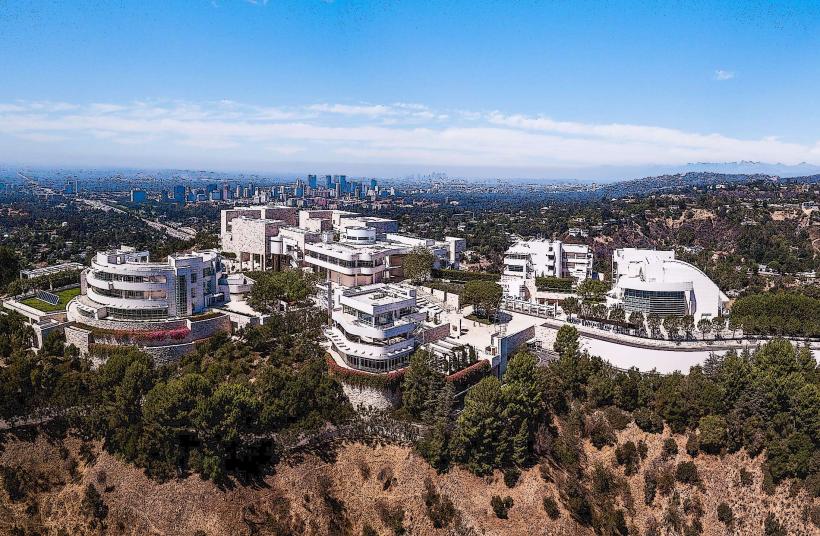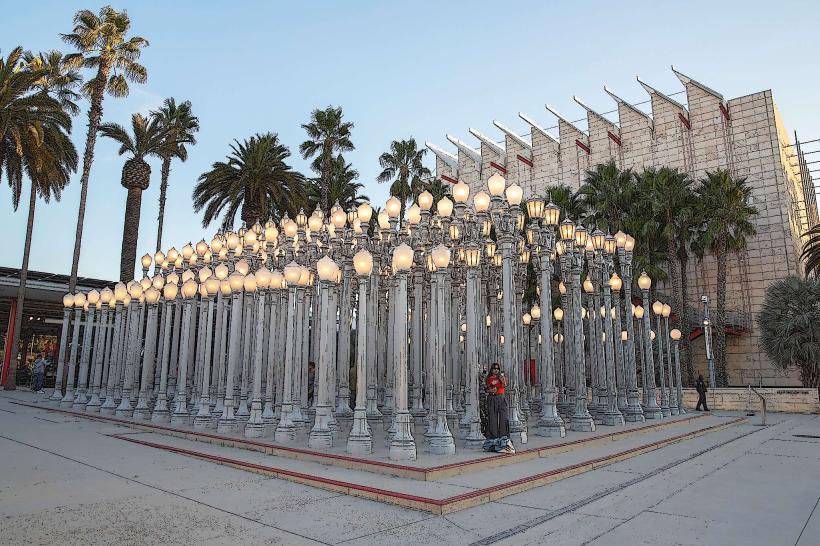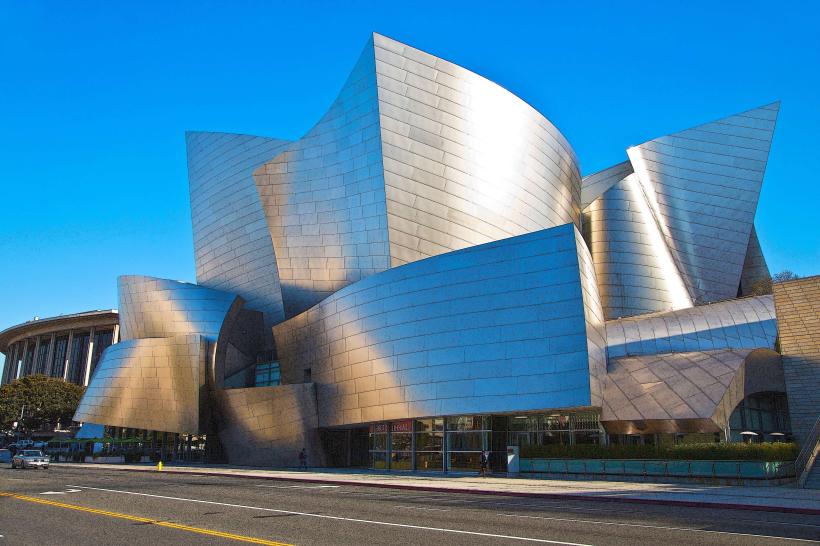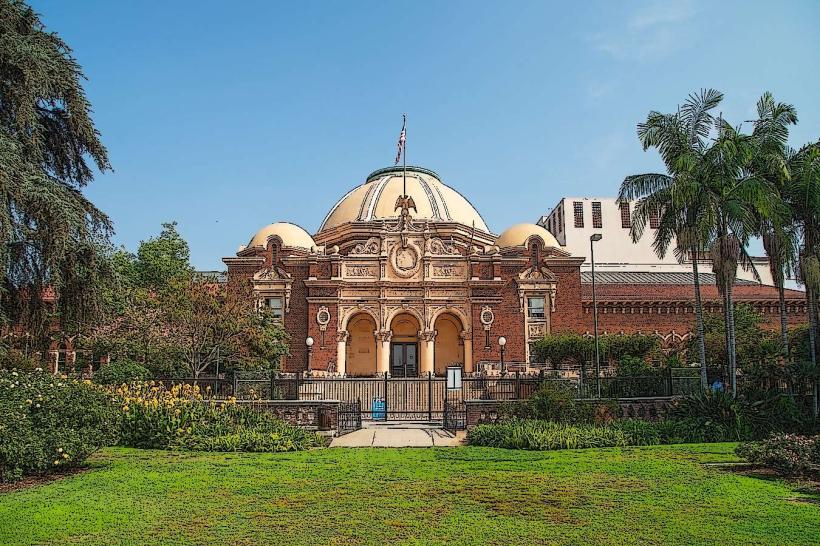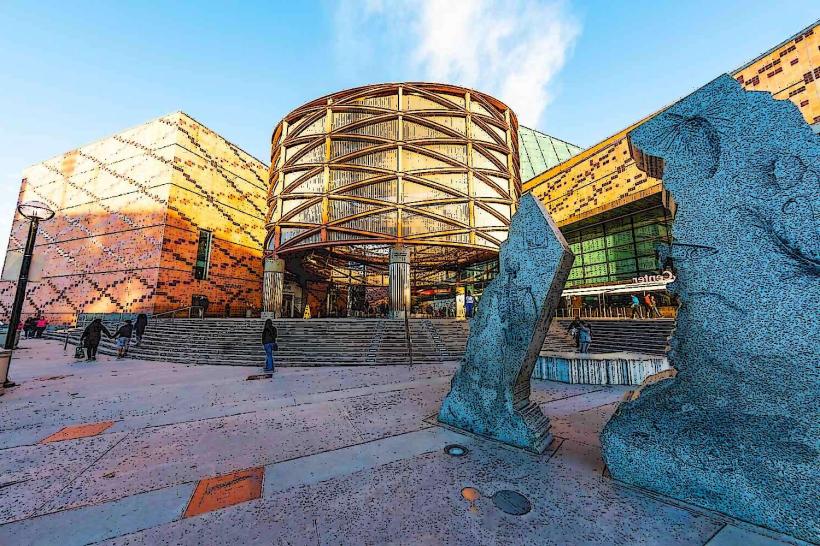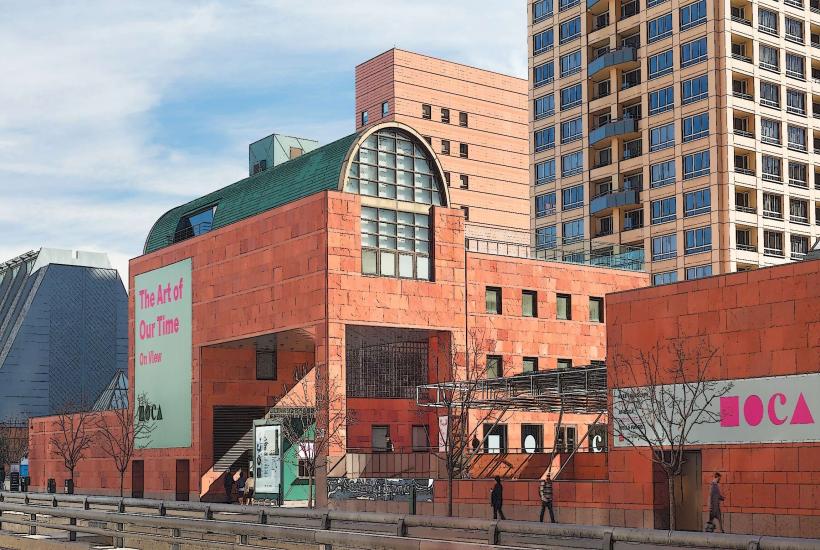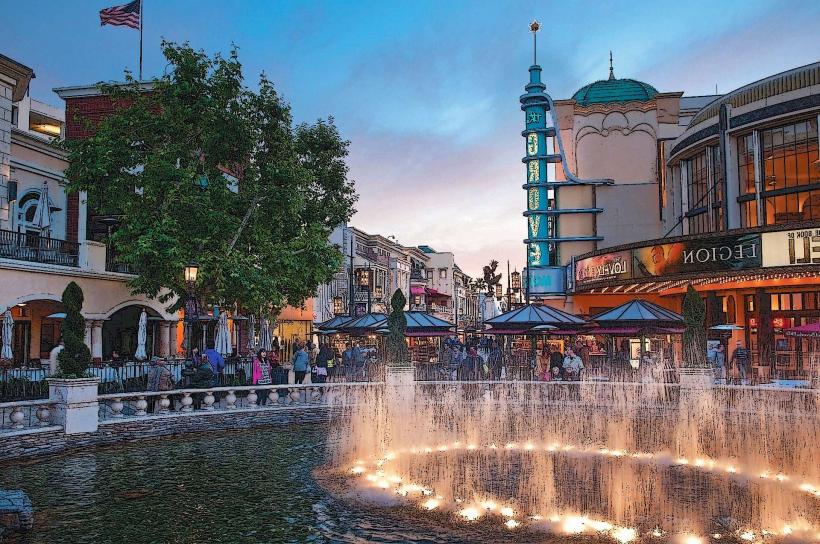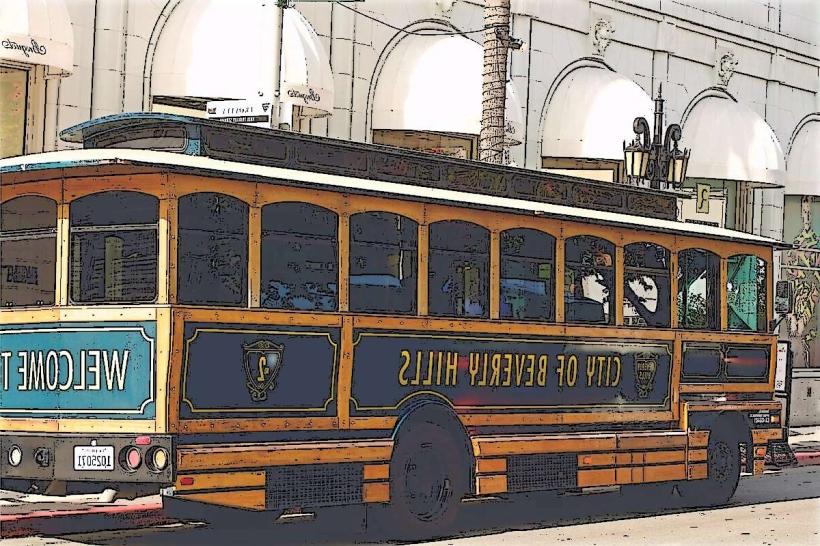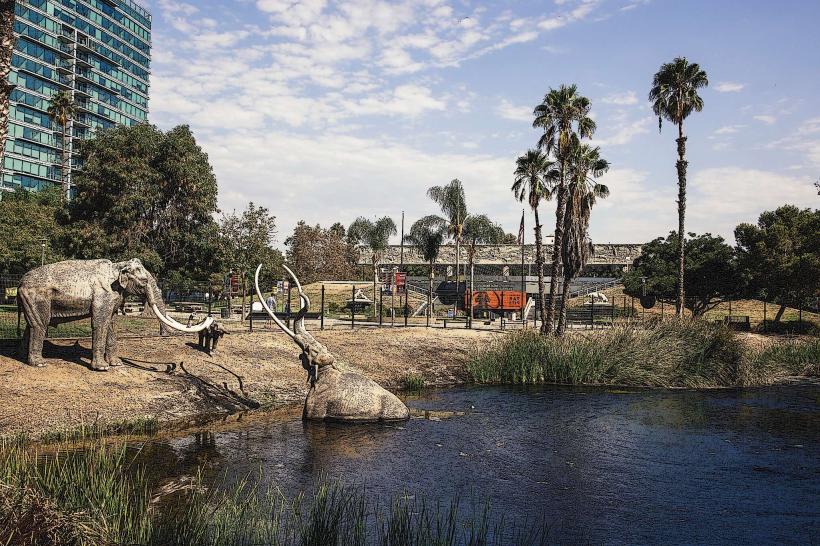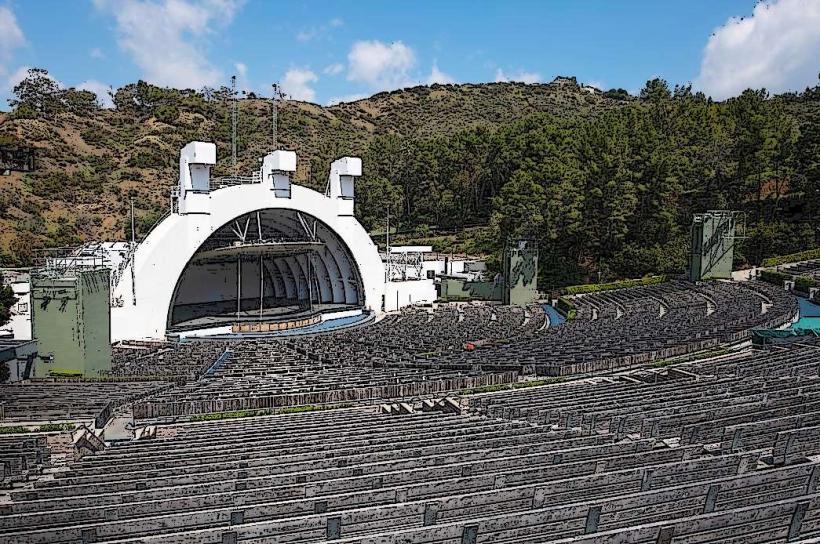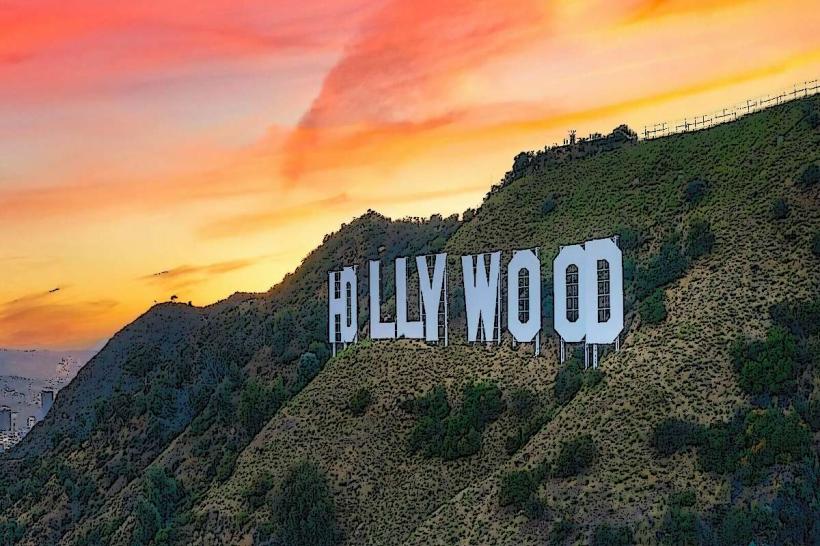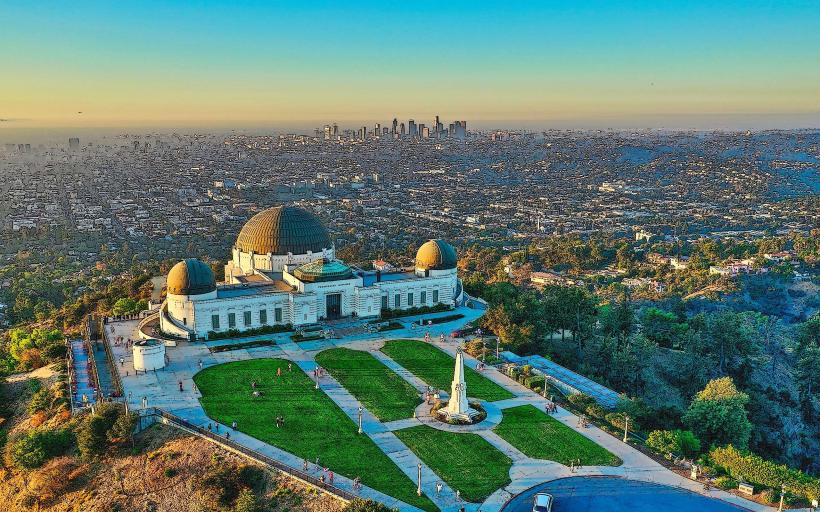Information
Landmark: Hollywood Walk of FameCity: Los Angeles
Country: USA California
Continent: North America
Hollywood Walk of Fame, Los Angeles, USA California, North America
The Hollywood Walk of Fame is one of the most famous and iconic landmarks in Los Angeles, California. It honors the stars of the entertainment industry and is a major tourist attraction that attracts millions of visitors each year. The Walk of Fame consists of over 2,700 brass stars embedded in the sidewalks along Hollywood Boulevard and Vine Street, celebrating the achievements of those who have made significant contributions to the entertainment world. Below is a detailed overview of the Hollywood Walk of Fame:
History
Creation: The Hollywood Walk of Fame was established in 1958 by the Hollywood Chamber of Commerce. The idea was conceived by E.M. Stuart, then president of the Chamber, as a way to honor the stars of the entertainment industry and to beautify Hollywood Boulevard.
First Star: The first star was awarded to Hollywood legend Joan Crawford in 1958. Initially, the Walk of Fame was intended to be a temporary construction, but it quickly became an enduring symbol of Hollywood and a permanent fixture of the city.
Formal Dedication: The Hollywood Walk of Fame was officially dedicated on February 9, 1960. Over the years, more stars have been added to honor various contributors to the entertainment industry.
Star Categories
The stars on the Walk of Fame are awarded to individuals or groups from a variety of entertainment sectors. The Walk of Fame is divided into five distinct categories, each represented by a different color and shape of the star:
Motion Pictures: This category honors those who have made significant contributions to film. Stars in this category include actors, directors, producers, writers, and other filmmakers.
Notable Stars: Marilyn Monroe, John Wayne, Charlie Chaplin.
Television: This category recognizes those who have made significant contributions to the television industry, including actors, directors, and producers.
Notable Stars: Lucille Ball, Johnny Carson, David Letterman.
Radio: The radio category honors individuals who have made outstanding contributions to the radio industry, including radio hosts, announcers, and personalities.
Notable Stars: Bob Hope, Casey Kasem, Wolfman Jack.
Recording: The recording category honors musicians, singers, composers, and others who have made an impact on the music industry.
Notable Stars: Elvis Presley, Michael Jackson, The Beatles.
Theatre Live Performance: This category celebrates those who have contributed to live theater and stage performances.
Notable Stars: Judy Garland, Meryl Streep, Al Pacino.
Process of Receiving a Star
Nomination: To receive a star on the Hollywood Walk of Fame, an individual must be nominated. Nominations can be made by members of the public or individuals in the entertainment industry. However, a nomination is not automatic; the recipient must have achieved a significant level of fame and made lasting contributions to their field.
Selection Committee: Once nominated, a selection committee reviews the application and decides whether to approve the nomination. This committee is composed of representatives from the Hollywood Chamber of Commerce and experts from the various entertainment sectors.
Ceremony: Once approved, the recipient is invited to attend a public ceremony where the star is unveiled. These ceremonies are often attended by fans, media, and other celebrities. Some of the most famous ceremonies are broadcasted or covered widely by the media.
Star Design
Shape and Symbolism: The stars themselves are made of terrazzo and brass. Each star is a five-pointed star with the recipient’s name inscribed in the center. The star is designed with a pink terrazzo background and a gold brass border, with the recipient's name displayed in black letters. The stars are installed in the sidewalk along Hollywood Boulevard and Vine Street, creating an iconic pathway.
Emblem: Each star has an emblem at the top, signifying the specific category in which the person was honored. The emblem represents the respective industry, such as a film camera for movies, a microphone for radio, and a music note for recording artists.
Famous Stars and Honorees
Over the years, some of the most famous names in entertainment have been honored with stars on the Hollywood Walk of Fame. The Walk includes the stars of actors, musicians, producers, directors, and other entertainment figures. Some of the most notable stars include:
Walt Disney: Recognized for his immense contribution to the film and entertainment industry, including the creation of Disney and its iconic films.
Frank Sinatra: Honored for his legendary career as a singer, actor, and entertainer.
George Clooney: Known for his iconic roles in film and his humanitarian efforts.
Betty White: A beloved figure in television and comedy, with a star dedicated to her long and successful career.
Steven Spielberg: Honored for his groundbreaking work in the film industry, including legendary films like Jaws, E.T., and Schindler’s List.
The Walk’s Location and Layout
Hollywood Boulevard: The Walk of Fame stretches over 15 blocks along Hollywood Boulevard, from La Brea Avenue to Gower Street. The most famous section runs from Vine Street to North Highland Avenue.
Vine Street: The Walk of Fame intersects with Vine Street, which is another significant part of the Walk of Fame.
Theaters and Landmarks: The Hollywood Walk of Fame runs through a historic part of Los Angeles that includes famous landmarks like the Hollywood Roosevelt Hotel, TCL Chinese Theatre, and the Hollywood Pantages Theatre.
Tourism and Attractions
Visitor Experience: The Hollywood Walk of Fame is one of Los Angeles’ most popular tourist attractions, drawing millions of visitors every year. People come from around the world to see the stars of their favorite celebrities and take photos next to them.
Nearby Attractions: In addition to the Walk of Fame, visitors can explore other nearby attractions, including:
TCL Chinese Theatre: Famous for its handprints and footprints of legendary stars in the cement.
Hollywood & Highland Center: A major shopping and entertainment complex that includes a viewing deck with a panoramic view of the Hollywood Sign.
The Hollywood Museum: Located in the historic Max Factor building, the museum showcases Hollywood memorabilia.
Maintenance and Preservation
Star Replacement: As part of the ongoing upkeep of the Walk of Fame, stars that are damaged or worn out due to weathering or heavy foot traffic are replaced. Maintenance is done periodically to ensure the stars remain in good condition.
Future Additions: New stars are added regularly to the Walk of Fame. The process remains as popular as ever, and new honorees continue to be inducted, keeping the Walk of Fame a relevant part of Los Angeles' vibrant entertainment culture.
Controversies and Criticism
Star Removal: Some stars have been the subject of controversy over the years. Certain stars have been removed, either due to legal or moral reasons (for example, individuals who have been involved in scandals or criminal activity), though this is relatively rare.
Overcrowding and Commercialization: Some visitors feel that the Hollywood Walk of Fame has become overly commercialized and crowded with tourists, leading to complaints about its upkeep and the commercialization of the area.
Political Stars: The awarding of stars to political figures, such as Donald Trump, has sparked significant debate and protests, particularly when it comes to the inclusion of controversial public figures.
Summary
The Hollywood Walk of Fame is an essential part of Los Angeles’ cultural fabric, honoring the achievements of entertainment legends from film, television, music, radio, and live performance. It offers a unique opportunity for visitors to connect with the stars they admire while strolling along one of the most famous streets in the world. With its rich history, distinctive design, and deep ties to Hollywood’s legacy, the Walk of Fame continues to be a must-see destination for anyone visiting Los Angeles.




